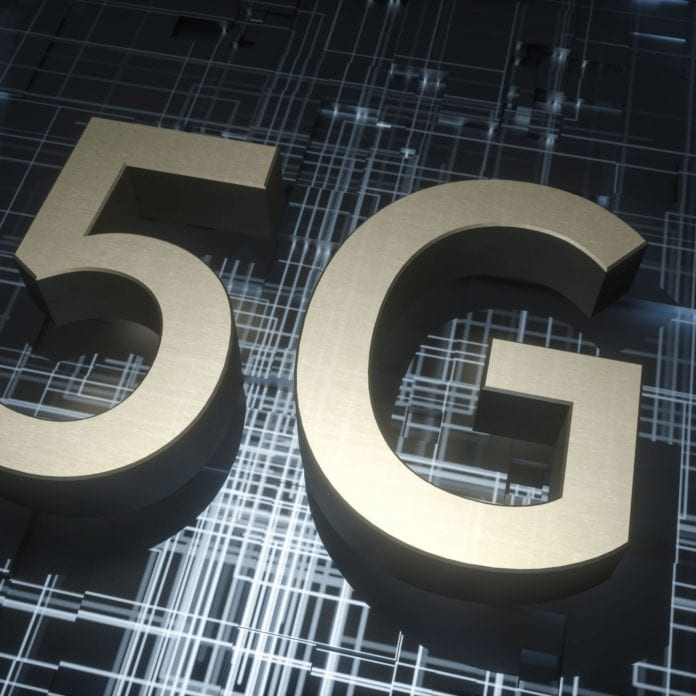Fujitsu provided 5G gNBs in testing for NTT DoCoMo
Fujitsu Limited and Qualcomm Technologies have achieved a non-standalone (NSA) 5G New Radio (NR) data call on sub-6 GHz and mmWave spectrum bands. In Japan, where the calls took place in mid-July, the 3.7 GHz and 4.5 GHz bands are allocated for sub-6 GHz 5G deployments and the 28 GHz band is allocated for high-band deployments. The calls mark a significant milestone in building a successful 5G end-to-end ecosystem in Japan, according to the partners.
Leveraging Fujitsu’s commercial 5G base station (gNB) products and mobile smartphone form-factor test device powered by the Qualcomm Snapdragon X50 5G modem, the two parties successfully conducted Network–Device Vendor Interoperability Testing (NV-IOT) for NTT DoCoMo.
“These data calls bring 5G technology one step closer to commercial rollout,” said Durga Malladi, senior vice president and general manager, 4G/5G, Qualcomm Technologies, Inc. Malladi went to on say that both Qualcomm and Fujitsu are committed to making 5G a commercial reality in 2019.
“5G networks will accelerate Fujitsu’s human centric innovations through co-creation with our customers,” said Masayuki Seno, senior vice president, head of Network Products Business Unit, Fujitsu Limited. “We have been developing gNB products (O-CU, O-DU and O-RU) compliant with global specifications and O-RAN fronthaul interfaces.”
Seno also stated that in the future, Fujitsu will perform further interoperability tests with Qualcomm Technologies to continue to make strides in developing 5G commercial network products.
Late last December, Qualcomm and Ericsson achieved a similar call on 2.6 GHz band at the Ericsson Lab in Kista, Sweden. Like the call with Fujitsu, the December demonstration used Qualcomm mobile smartphone form-factor test device powered by the Snapdragon X50 5G modem and antenna modules with integrated RF transceiver, RF front-end and antenna elements. Ericsson provided its commercially available 5G hardware, including its 5G NR radio AIR 6488 and RAN Compute products.

